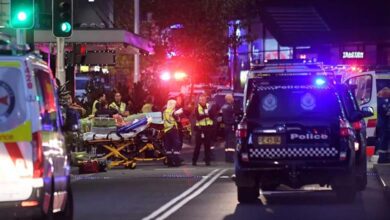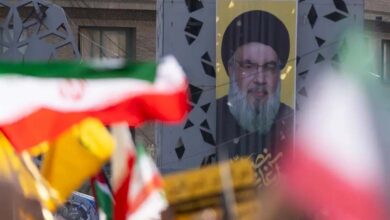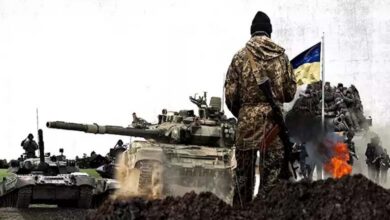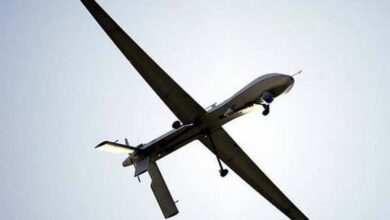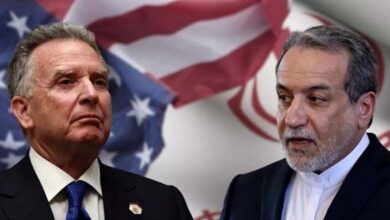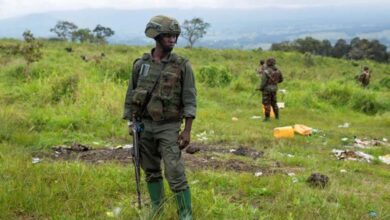Stalled Gaza Truce Talks… The Israeli Withdrawal Map Sparks Fresh Tensions
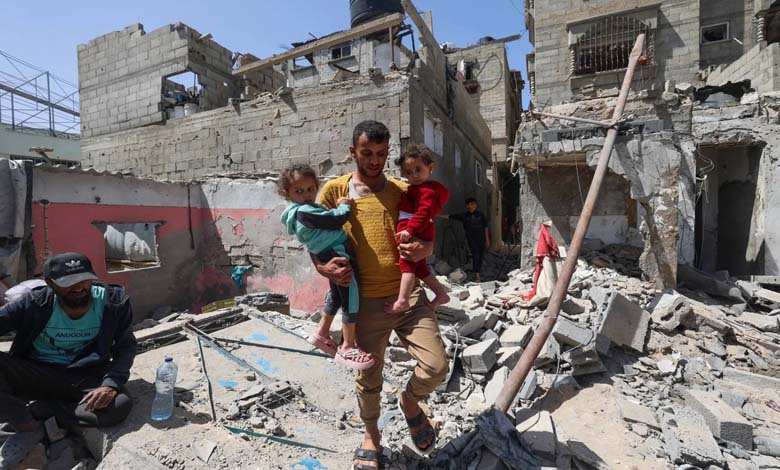
Truce negotiations regarding Gaza have encountered a significant impasse as deep divisions emerge over the proposed Israeli withdrawal map, according to two informed Palestinian sources.
-
Gaza Ceasefire Deal: Internal and Regional Pressures Shape the Limits of the Agreement
-
2 Million Palestinians in 15% of Gaza’s Area… 36,000 People per Square Kilometer
Core Disputes: A Contentious Withdrawal Map
On Saturday, both sources told AFP that the Doha negotiations are facing a serious setback due to Israel’s insistence on a “military repositioning” map rather than a genuine withdrawal. This plan would maintain Israeli forces on approximately 40% of Gaza’s territory, a red line for Hamas.
One source explained: “The Doha talks are at a standstill: Israel has proposed a repositioning map, not a withdrawal—it would keep the military in over 40% of Gaza’s territory, which Hamas flatly rejects.”
Another official added: “Israel continues to stall and derail the agreement, with the aim of pursuing a policy of annihilation.”
-
Palestinian political analyst: Gaza’s humanitarian situation is catastrophic and international pressure falls short of addressing the crisis
-
Latest from Gaza: Ongoing Israeli Airstrikes and Ceasefire Negotiation Details
Disputed Zones of Control
According to the proposed map, Israel aims to hold military control over all areas south of the Morag axis in Rafah, including the so-called “Philadelphia” strip, along the Egypt-Gaza border extending some 13 km.
The plan also includes control over much of Beit Hanoun in the north and various eastern zones extending between 1,200 and 3,000 meters into Gaza.
A Palestinian negotiator warned that the map essentially legitimizes a near occupation of half of Gaza, relegating the enclave to isolated pockets with no crossings or freedom of movement, akin to “Nazi camps.”
-
Latest Gaza News: Death Creeps Westward, Israel Issues Warning to Residents of 18 Areas
-
Hostages Before Hamas… A Shift in Priorities or Prelude to the End of the Gaza War?
Risk of Forced Displacement
He cautioned that such a map could result in hundreds of thousands of displaced persons being confined to a narrow strip in western Rafah, with the looming threat of being forced into Egypt or other countries—a scenario Hamas vehemently opposes.
Mediators Call for Delay
Qatari and Egyptian mediators, he said, have proposed deferring the withdrawal discussion until U.S. envoy Steve Witkoff arrives in Doha, pledging to continue efforts to bridge the gaps.
-
Palestinian Political Analyst: The Occupation is Deliberately Strangling Gaza… and the International Community Fails to Act
-
Gaza Latest: 31 Killed by Israeli Fire Near Aid Center
Limited Progress on Aid and Hostage Exchange
Aside from the withdrawal, he noted some progress on humanitarian aid and prisoner exchanges. However, he emphasized that on the withdrawal framework, Israel has provided no answers, stating: “The Israeli negotiator lacks authority—so he cannot properly negotiate.”
Gaza Suffers Ongoing Tragedy
Meanwhile, Gaza’s humanitarian situation continues to deteriorate. On Friday, civil protection agencies reported at least 30 additional fatalities from Israeli airstrikes as the conflict entered its 22nd month.
-
U.S. Proposal on Gaza on Hamas’ Table… Talk of a Possible Breakthrough
-
Who Is the Yasser Abu Shabab Group Opposing Hamas in Gaza?
The UN reports that some 800 Palestinians have been killed while attempting to access food aid since late May, often near UN-backed distribution centers operated by the Gaza Humanitarian Foundation. Israeli gunfire reportedly struck civilians awaiting aid.
The Israeli military countered, asserting it had minimized potential clashes with civilians. It also claimed to have dismantled a terror cell in Khan Younis, seized weapons, and eliminated Jihadist commander Fadel Abu Al-Atta in the Al-Shujaiya neighborhood, responsible for multiple attacks since October 7, 2023.


